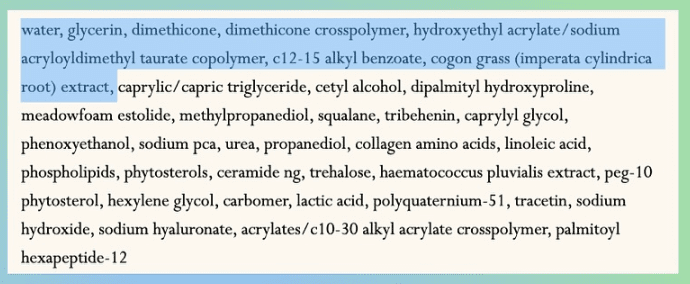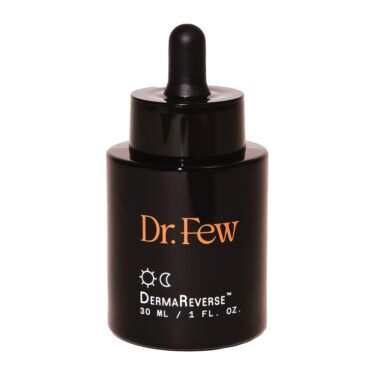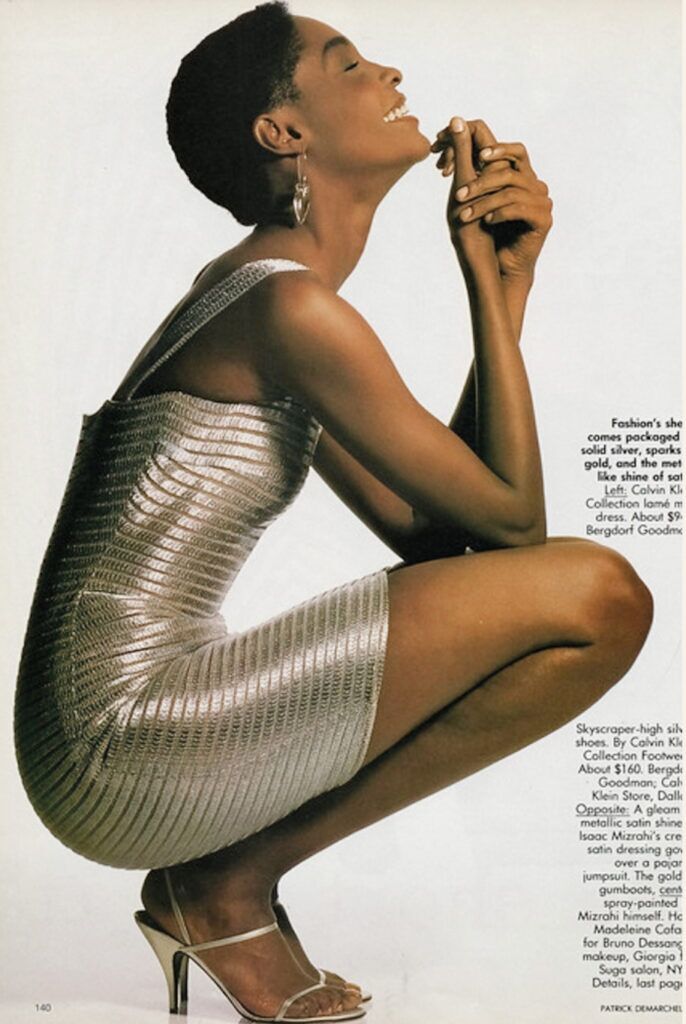Seven years in the past, Charlotte Palermino, a skin-care knowledgeable, aesthetician and cofounder of Dieux, says she began engaged on the product aspect of magnificence and was shocked to be taught that issues like “dusting” have been business apply. (And no, we’re not speaking a couple of dusting vs. a trim on the salon.) So what’s dusting in skincare precisely? Right here, the self-proclaimed “skincare fairy godmother” breaks it down for us.
Why Do Pores and skin-Care Manufacturers ‘Dust’?
“Just because a brand claims an ingredient, does not mean it’s at a level that actually works,” says Palermino. “It’s a practice called ‘dusting,’ aka a sprinkling of a trending active ingredient so you think it’s in there—but it’s not, at an efficacious dose.”
Palermino says typically “dusting” occurs as a result of manufacturers simply don’t know. “At times, contract manufacturers do not share full formulas until certain production numbers are hit,” she explains. One more reason, she continues, is that manufacturers suppose it’s a stronger advertising and marketing story and the system delivers as a complete. “This is more common—aka, you know the powerhouse isn’t the highlighted ingredient. For example, a brand boasts ceramides, but it’s the dimethicone doing all the heavy lifting.”
How A lot of an Ingredient Is Wanted to Be Thought-about Efficacious?
“Bigger isn’t always better when it comes to skin-care ingredients,” Palermino says. “It doesn’t always make sense to go outside the ‘zone’ of efficacy. A good example is niacinamide. Research shows that it’s a powerhouse between 2 and 5 percent. For barrier repair, 2 percent, for hyperpigmentation, 4 to 5 percent. Large doses over that? Unclear.”
One other instance is lactic acid. “Under 1 percent, it’s usually a pH adjuster; 1 to 3 percent, it’s usually a humectant,” Palermino explains. “Pending the pH, 5 percent or more is when it’s exfoliating. Lactic acid is water-soluble, so when there’s no water in a formula—anhydrous—it’s unclear how it works. Just because an ingredient is on the list, does not mean it’s doing the thing it’s known for. I love how BYOMA categorizes ingredients by what they do.”
The 1 P.c Line on an Ingredient Listing
You in all probability know that the elements included at the start of the listing are probably the most potent, and that’s a rule manufacturers should comply with. “The FDA requires brands to order your ingredient list in order of potency up to 1 percent. Anything under that, you can reorder, which is unusual for large corporations,” says Palermino, noting that each ingredient on Dieux labels is so as of efficiency. “There is a hydrating gel moisturizer we make called Air Angel. Anything under the blue [pictured below] is at or under 1 percent.”

The skin-care guru additionally explains that one answer to dusting is when manufacturers inform you the share of their hero elements included in a system. For instance, when a model writes “10% glycerin” or 2% salicylic acid” and precisely what you’re getting. Nonetheless, Palermino explains that not all manufacturers want to do that. “There are many reasons to omit percentages on products—one being that it’s the formula, not a single ingredient that’s the hero. Or, just list out the top one or two ingredients and share those percentages, which you see a lot with The Ordinary and The INKEY List.”
The Backside Line
“You don’t need complicated or cutting-edge ingredients to have an incredible product,” says Palermino. “Great skin care is available at all price points. What is less cool is claiming an expensive active, developing your marketing around the ingredient, and then sprinkling it in.”









